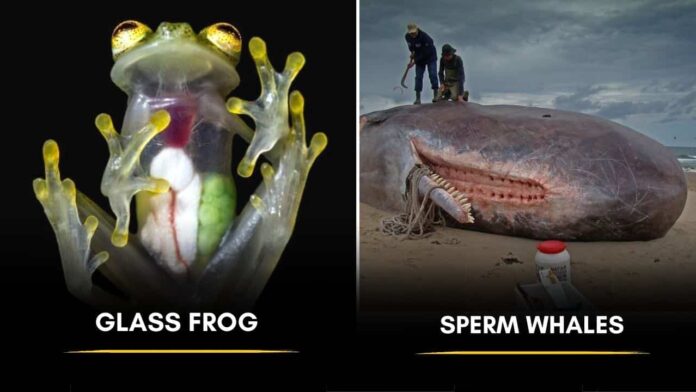
I don’t know about you guys, but I love learning new things. And thanks to the power of the internet, we have the opportunity to find out about the world without ever even leaving the comfort of our homes.
We may think we know everything about something, but these photos prove that there’s always more to learn. Sometimes, all it takes is a different perspective to show us some incredible new sides of this big, beautiful world we live in.
1. This is what an elephant’s tail looks like up close.
A bit freaky, I know. But what you’re seeing are the massive hair fibres at the end of one of this beautiful animal’s tails, which help them swat away pesky flies, basically like a built-in fly swatter.
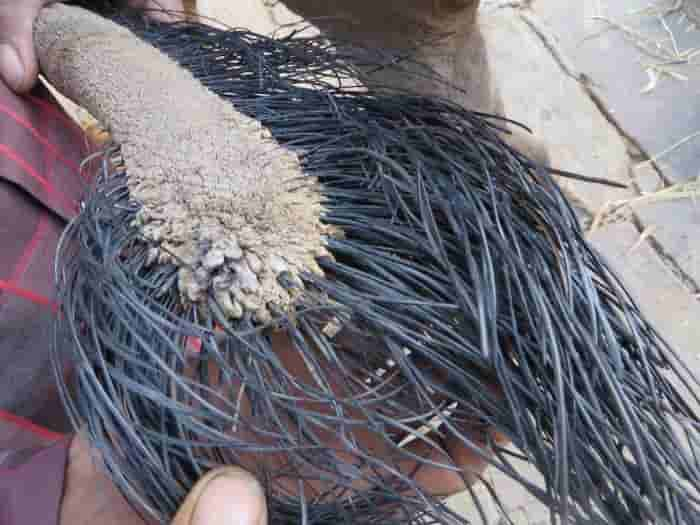
2. What a dead, decomposed cactus leaves behind.
Once a cactus has lived its life, it decomposes and can leave behind a beautiful, intricate cage of its spikes.
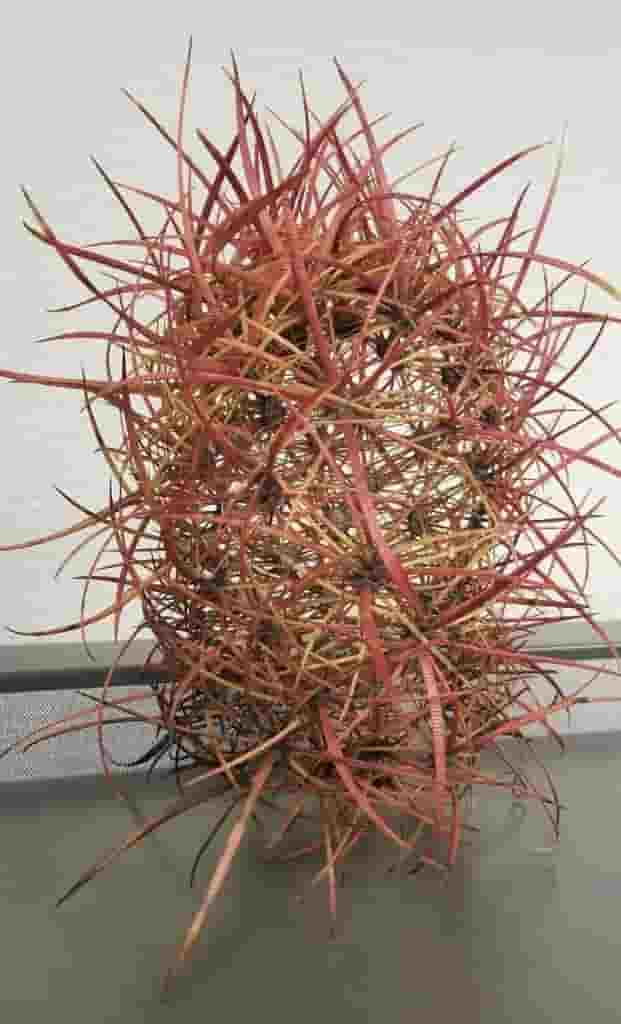
3. Micro view of a strawberry.
Those little seeds that sit in a strawberry’s skin aren’t actually seeded at all. They’re more like ovaries, which have the actual seeds encased inside of them.

4. I bet you’ve never seen a baby flamingo before.
Obviously, we all know they aren’t born those giant, pink birds. But have any of us actually even seen what a flamingo looks like when it’s an infant? No, definitely not.
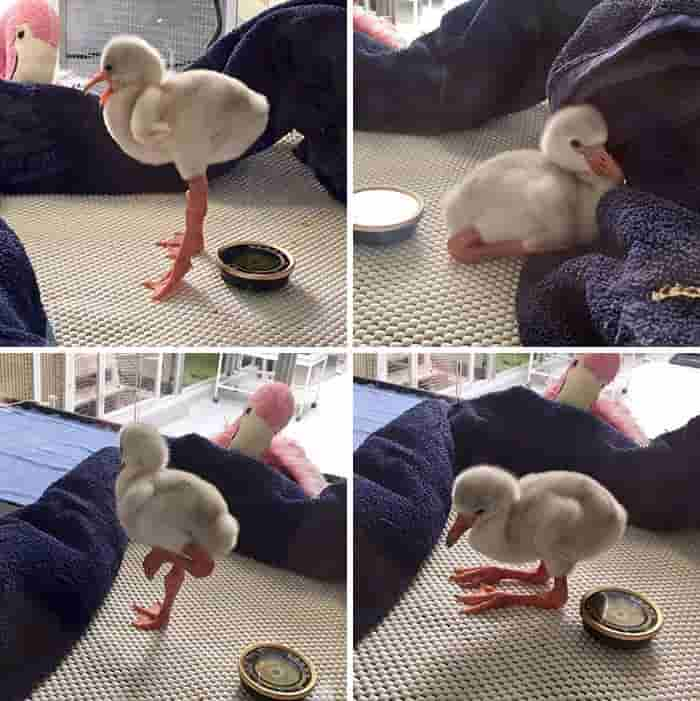
5. Salt crystals under a microscope reveal cubic shapes.
They kind of look like literal sandboxes, don’t they? It’s incredible to see how perfectly shaped they are, too.
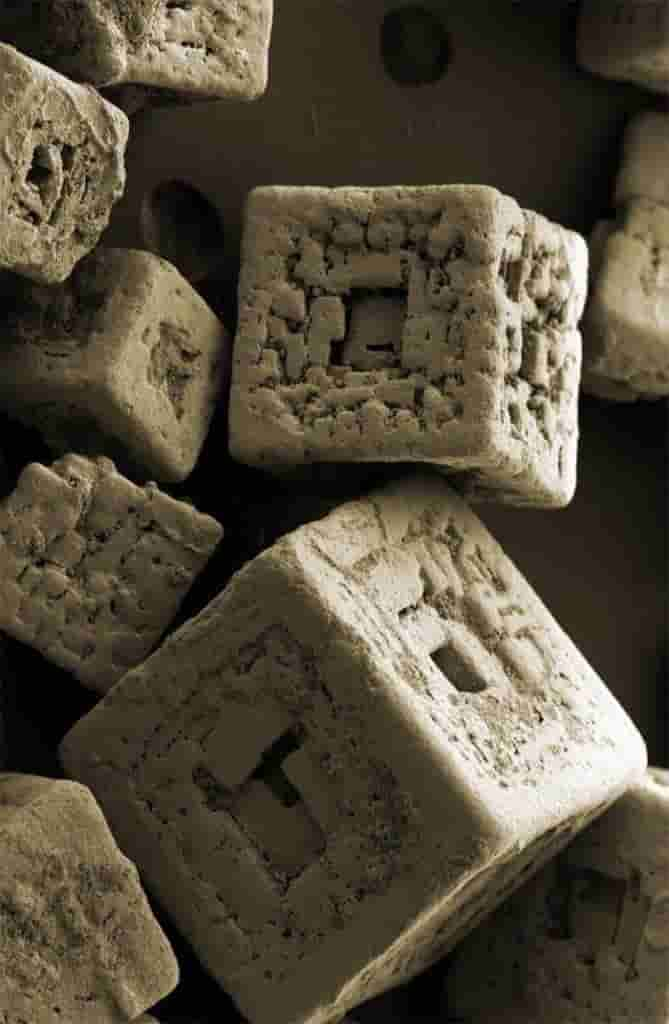
6. Believe it or not, albino raccoons actually exist.
While not cute as their trash panda brethren, these red-eyed critters are ultra-rare and kind of resemble giant rats.
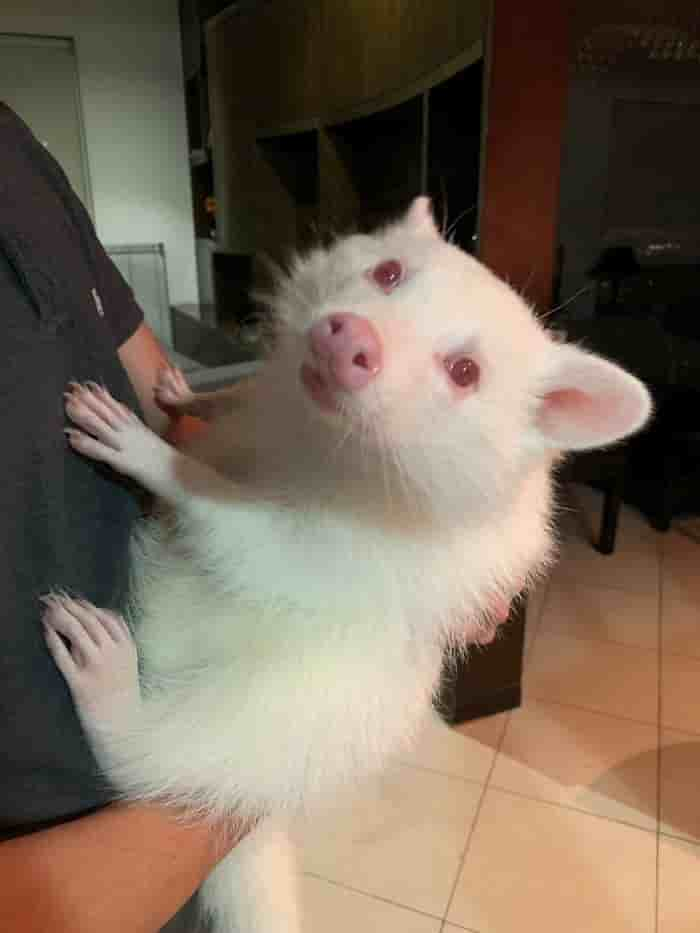
7. What a television anchor is hiding during their broadcast?
In order for a newscast to go live on air, the anchor must be fitted with lots of techs, including wires for their microphone as well as an in-ear piece so they can communicate with both the floor manager and the people in the control room.

8. Behind the scenes at a bowling alley.
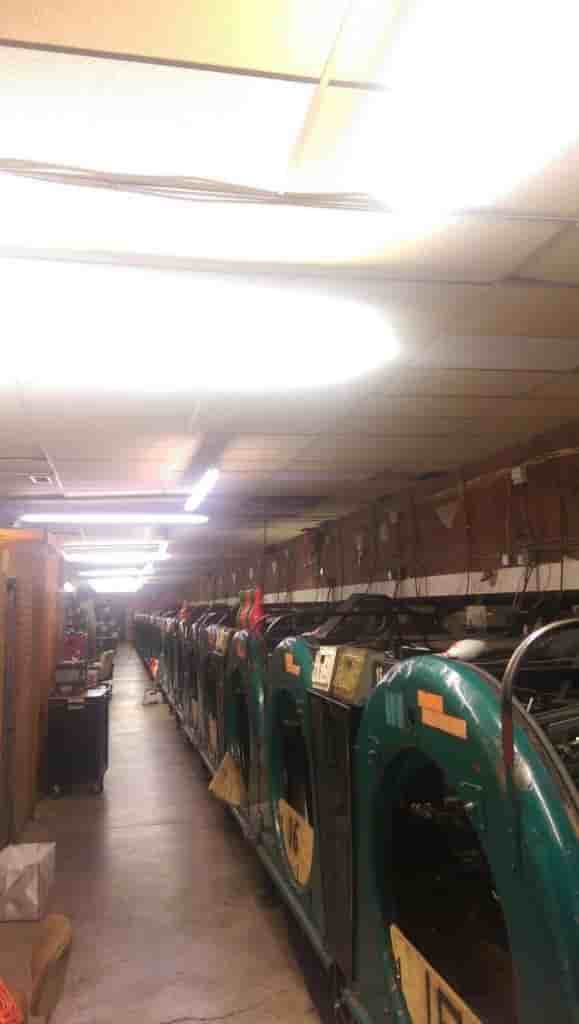
9. A modern navy ship with no water around it.
This is kind of like the opposite of an iceberg, where you’re only seeing something like 30 per cent of how big it actually is. Here, what you see is pretty much what you get, and there’s only just a tiny bit of the ship left under the water.

10. This is what the inside of a pool table looks like.
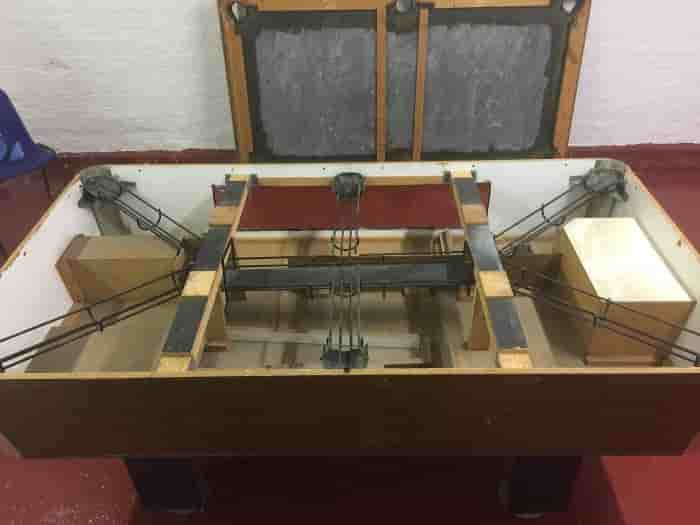
Also, Read Hilariously Honest Illustrations About Girls That Show How Cool It’s Too…
11. This Is What A Cleaned Heart Looks Like
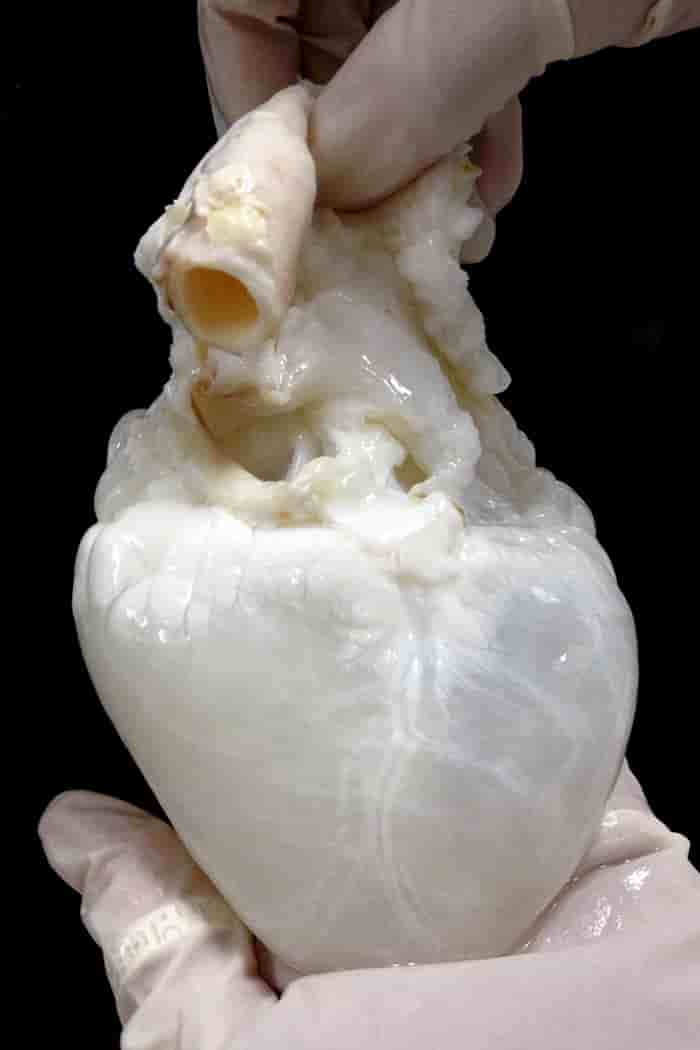
In order to create a ghost heart, all donor cells must be removed until only a protein scaffold is left. The stem cells from a transplant patient can be put into this ghost heart to create a new, non-rejected heart.
12. You Can See Every Organ In The Glass Frog
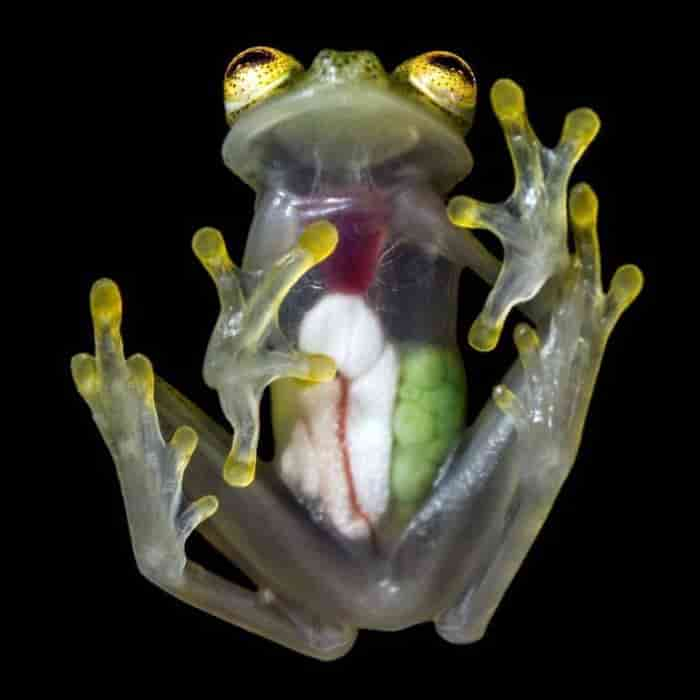
The rain forests of Costa Rica, Panama, Colombia, and Ecuador are home to reticulated glass frogs. You can see their internal organs and even their beating heart because of the entirely translucent skin on their bottom. Although scientists are still unsure of the evolutionary explanation for their transparent skin, they believe the pattern on their backs is intended to fool predators by resembling an egg.
13. Some 5-Pointed Starfish Can Be Squared Due To Birth Defects
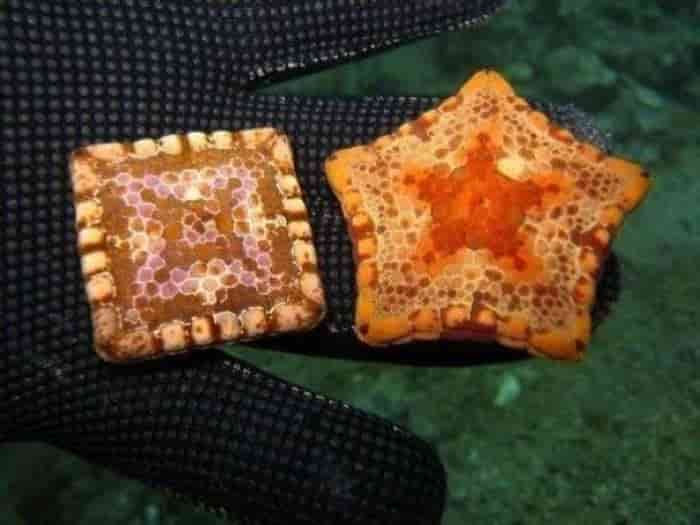
Did you know that there are around 1,500 different species of starfish? They are found from the intertidal zone down to abyssal depths, 6,000 m (20,000 ft) below the surface, from the tropics to icy arctic waters.
14. Processed Image Of An Actual Virus Via Electron Microscope
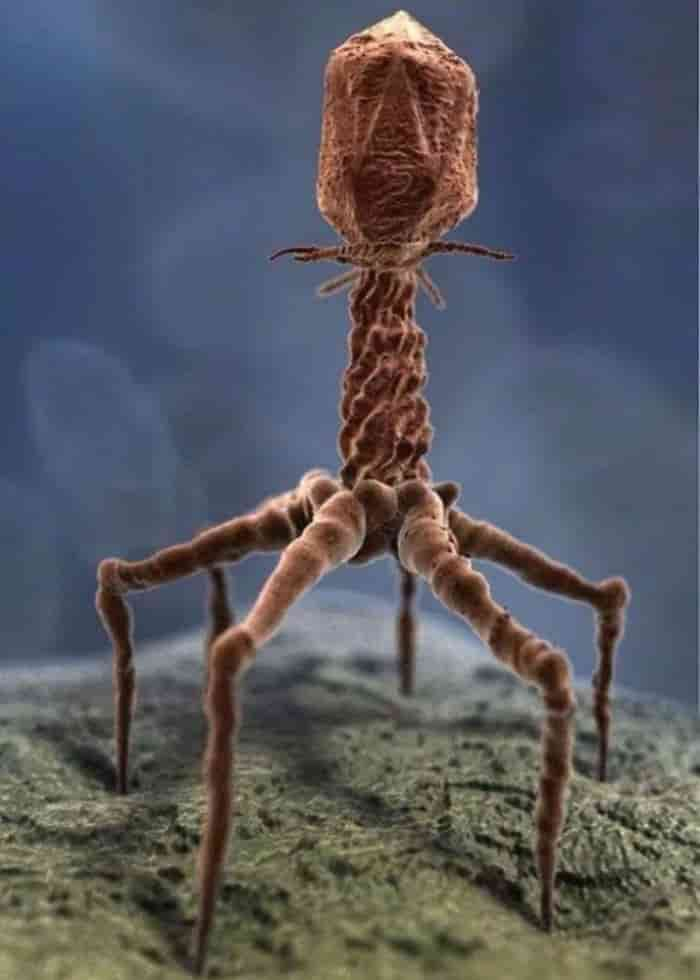
This frightening-looking member of the bacteriophage, or phage, family. Phages were employed to treat cholera by scientists who did not yet understand how they functioned. Phages were separately discovered by Frederick Twort in 1915 and Félix d’Herelle in 1917. When phages were first observed using an electron microscope in 1940, scientists learned how they functioned. Because it infects bacteria, this virus cannot exist or proliferate on its own. Once they’ve entered a host cell, they can feed off the nutrients and procreate.
15. Sperm Whales (The Largest Toothed Predators On Earth) Do Not Have Teeth In Their Upper Jaw But Sockets That Their Lower Teeth Fit Into
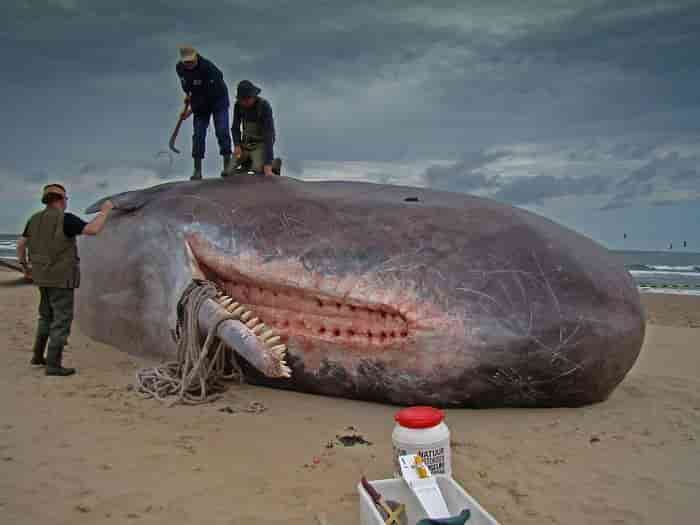
The largest toothed whales are sperm whales, which have heads that are one-third the length of the animal. The lower jaw of these whales with large heads is lined with 20–26 pairs of cone-shaped teeth, but oddly, there are none on the top. It is strange that sperm whales have teeth at all, even though this may appear strange for eating. The giant squid is their main source of food, which they slurp up rather than chew.



